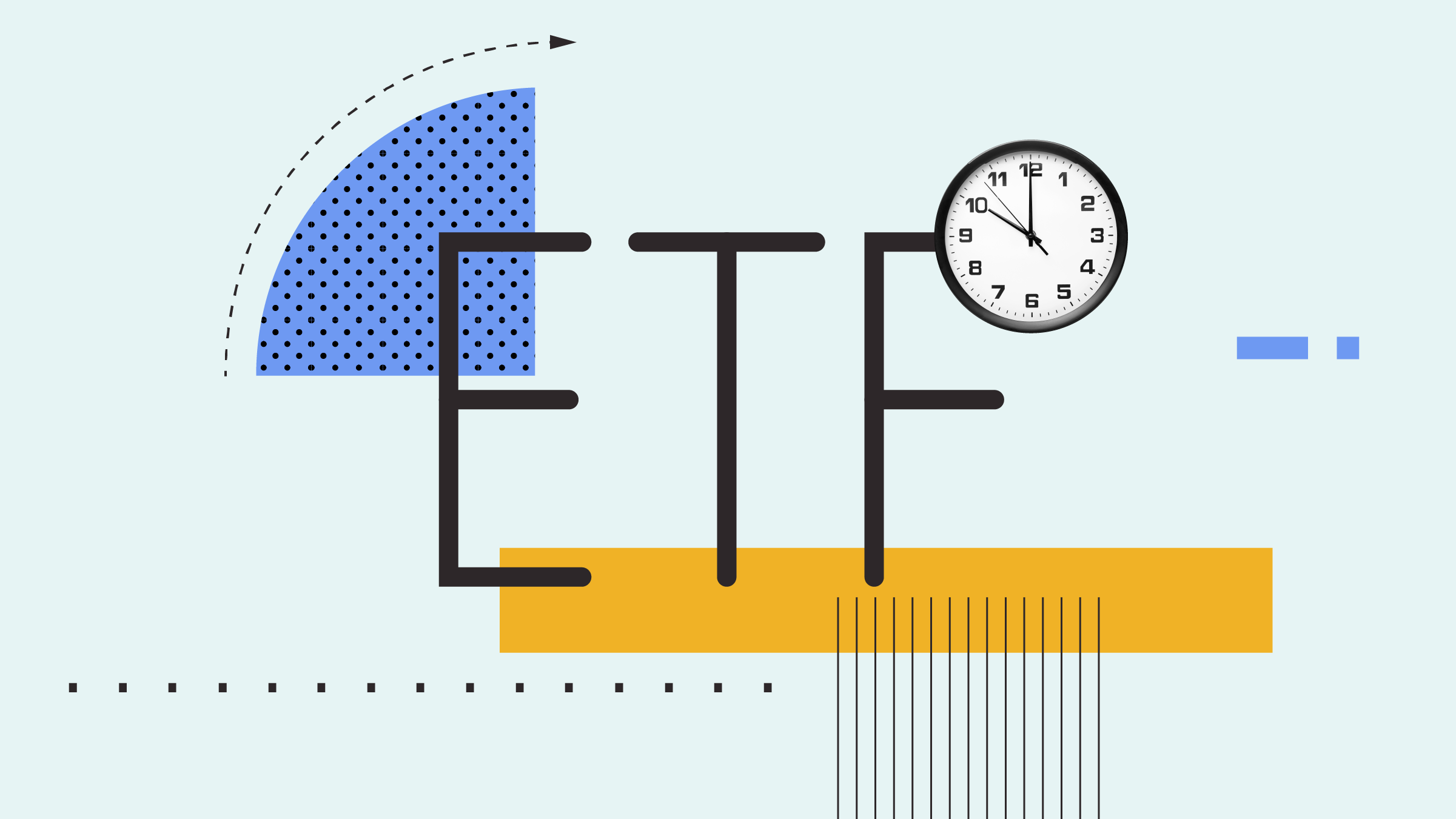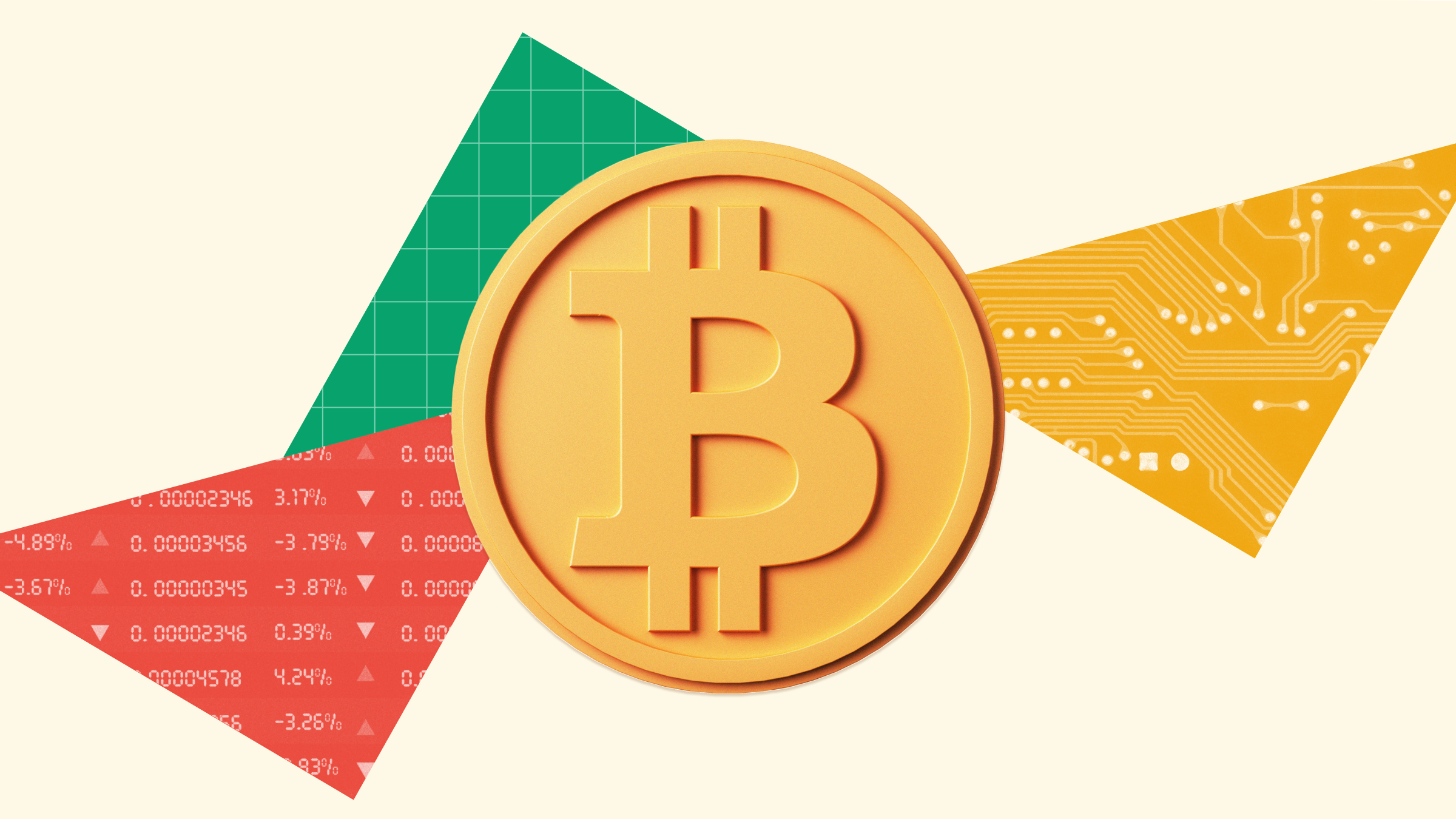This article deals exclusively with the USD-denominated high yield market, which accounts for roughly 70% of the global high yield market. This market is overwhelmingly made up of high-yield bonds issued by US-based corporations, but also contains USD-denominated high-yield bonds issued by non-US-based corporations.

With current yields at historic lows, decreasing bond covenants, and continued economic risks, high yield doesn't look terribly attractive

With record fund inflows in 2012, investors clearly have an appetite for USD-denominated high-yield bond funds. The strong investor demand lowered credit spreads, and the high-yield category returned over 14% last year. While yields have been falling, high yield is the only bond category with a 12-month yield still above 5%. After four consecutive years of positive returns, is now the time to allocate money to high yield, or is the sector fully valued and ripe for a fall?
Market Expectations
Fitch Ratings and JPMorgan are currently projecting a high-yield default rate of 2% or lower, below the long-term average default rate of 4.8%. These predictions are based on United States gross domestic product growing at 2%, the European debt situation stabilising, and the US debt ceiling issue being resolved by Congress. With the average high-yield bond trading above par and below-average credit spreads, there is not much capital appreciation available, so returns will come predominantly from the coupon. The consensus seems to be projecting returns for 2013 of between 6% and 8% for the sector.
Risks to Consensus
Historically, US high-yield bonds have been one of the riskiest fixed-income sectors. In 2008, the high-yield bond category had a drawdown of over 32%. Since 1989 there have been 12 occurrences of drawdowns of over 5%. High yield is what's known as a high-kurtosis asset class, which means that extreme market events happen more frequently than in other asset classes. As you can see from the chart below, high yield is prone to negative shocks.

The primary benchmark for the sector is the BofA Merrill Lynch High Yield Master II Index, which has a current credit spread of 5.0%, below the long-term average of 6.0%. The credit spread is the difference in yield between the index and similar-duration US Treasury bonds. While the credit spread isn't extremely low yet, when you look at yields on an absolute basis the picture looks much worse. The current yield of the index is only 6.1%--the lowest yield ever recorded. The yield has fallen a long way since it last peaked in December 2008 at over 23%.
What the Fed Did
One of the aims of the US Federal Reserve interest rate policy is to increase risk-taking across the capital markets. High yield is one of the main beneficiaries of the Fed's current policy. With yields of investment-grade securities below 3%, investors have been forced to look elsewhere for income. Many institutional investors that in the past only chose investment-grade bonds have been buying high yield to meet their return targets. This new demand has pushed yields down and given corporations the ability to refinance a lot of debt in 2012. It was a record year with over $300 billion in new bond issuance. The ability for even very low-rated, highly leveraged companies to get financing has helped many firms stay afloat when they would otherwise have defaulted in a normal year. The high demand for these speculative issues has caused some investors to discard fundamentals in favour of searching for the highest yield without regard for quality. This strategy has worked so far, but at some point demand will soften, poor business fundamentals will catch up with firms, or the Fed will change its policy.
Market Conditions Favouring Issuers Instead of Investors
Another issue facing investors is that bond covenants are being watered down. Bond covenants are the rules borrowers and lenders agree upon at time of bond issue. Key covenants can limit how much debt a company is allowed to take or restrict a company from paying out a dividend that might hurt bondholders. As an investor, you want strong bond covenants. According to Moody's, covenant quality has steadily decreased over the last six months as issuers have used strong investor demand to push for more-advantageous terms for themselves. Covenant quality decreased substantially in the 2007 market and was an indication of a market top. While covenants are not as bad now as in 2007, it's never a good trend to see investor protections eroded.
When looking at fundamental factors, the US high-yield market does not seem to be pricing in the risks facing the global economy. The European debt problems have not gone away. Europe is still trying to solve a debt problem with more debt with a longer maturity. The "fiscal cliff" crisis may have passed, but we now have debt ceiling negotiations to deal with. Large spending cuts favoured by Republicans could push the economy into a recession. China seems to have stabilised after slower GDP growth last year, but it has debt issues of its own. Finally, heightened tensions between Israel and Iran could cause oil prices to spike if the dispute escalates further. If any of these situations worsens, risk-taking by investors could wane and cut demand to the high-yield sector.
In the last four years, high-yield bonds have experienced a total return of over 105%. With current yields at historic lows, decreasing bond covenants, and continued economic risks, high yield doesn't look terribly attractive. I wouldn't want to bet against the Fed by shorting high yield, but an investment at these levels offers below-average returns with above-average risks.
ETF Options if You're Still Interested
While there are many ETF options for US investors who want exposure to this high-yield category, there are only two European-domicilied ETFs that are readily available for UK investors. Both these ETFs received substantial inflows over the course of 2012, however, since they are both USD-denominated products, European investors should be aware that foreign exchange fluctuations will impact future performance.
The ![]() iShares Markit iBoxx $ High Yield Capped Bond ETF (IHYU) is the first option. It has a total expense ratio (TER) of 0.50% and it uses physical replication to track its index.
iShares Markit iBoxx $ High Yield Capped Bond ETF (IHYU) is the first option. It has a total expense ratio (TER) of 0.50% and it uses physical replication to track its index.
"This ETF tracks an index measuring the performance of the most liquid USD-denominated high-yield bonds with a minimum maturity of 1.5 years. By measuring the most liquid part of the market, the ETF effectively minimises risk with regards to credit quality, but the trade-off will be one of lower yield vs. a broad high-yield index," said Morningstar’s senior ETF analyst Jose Garcia-Zarate.
The Source PIMCO Short-Term High Yield Corporate Bond Index ETF (STHY) is the second option. It has a TER of 0.55% and it uses physical replication to track its index.
"This PIMCO-managed ETF offers exposure to the short-to-medium maturity segment of the USD-denominated high-yield bond market. The shorter duration implies a reduction of interest rate risk for the investor, but also of yield potential. An interesting aspect of this ETF is that it includes high-yield bonds with maturity below the one year mark, which are generally discarded by broad high-yield indices," said Garcia-Zarate.
The original version of this article was published on Morningstar.com, a sister site to Morningstar.co.uk.































